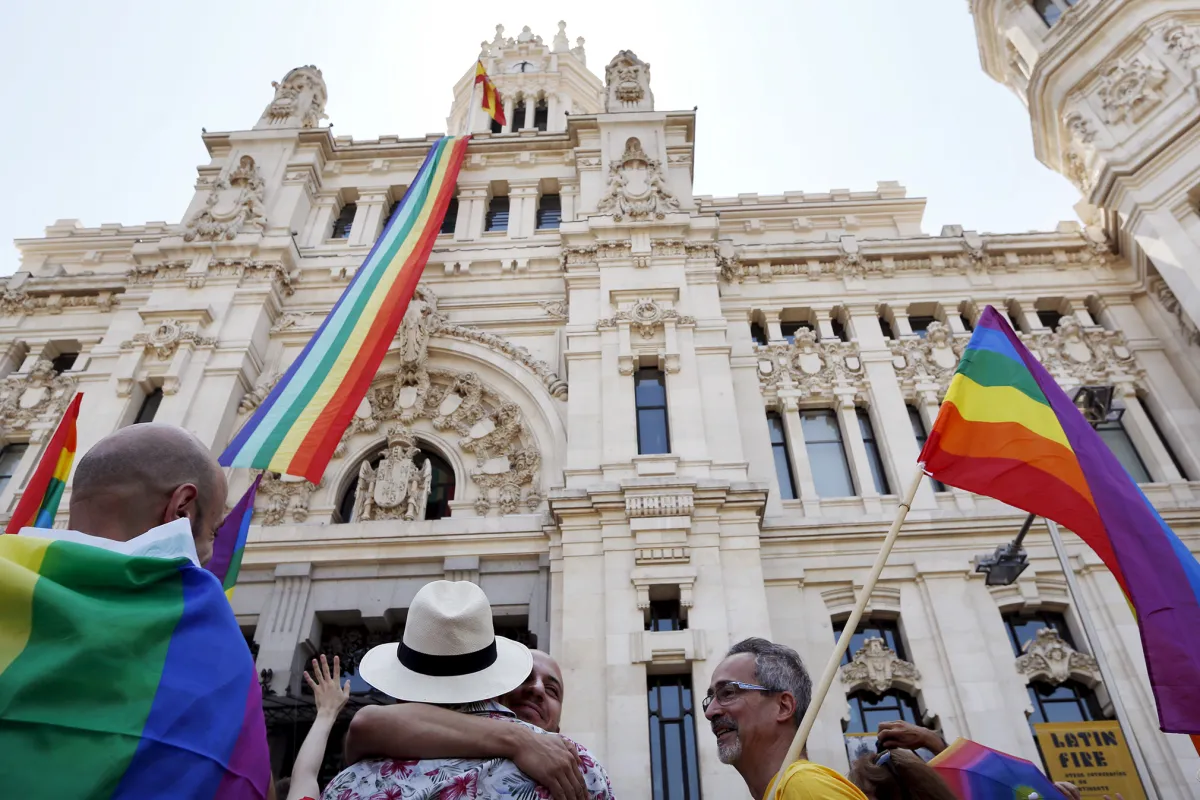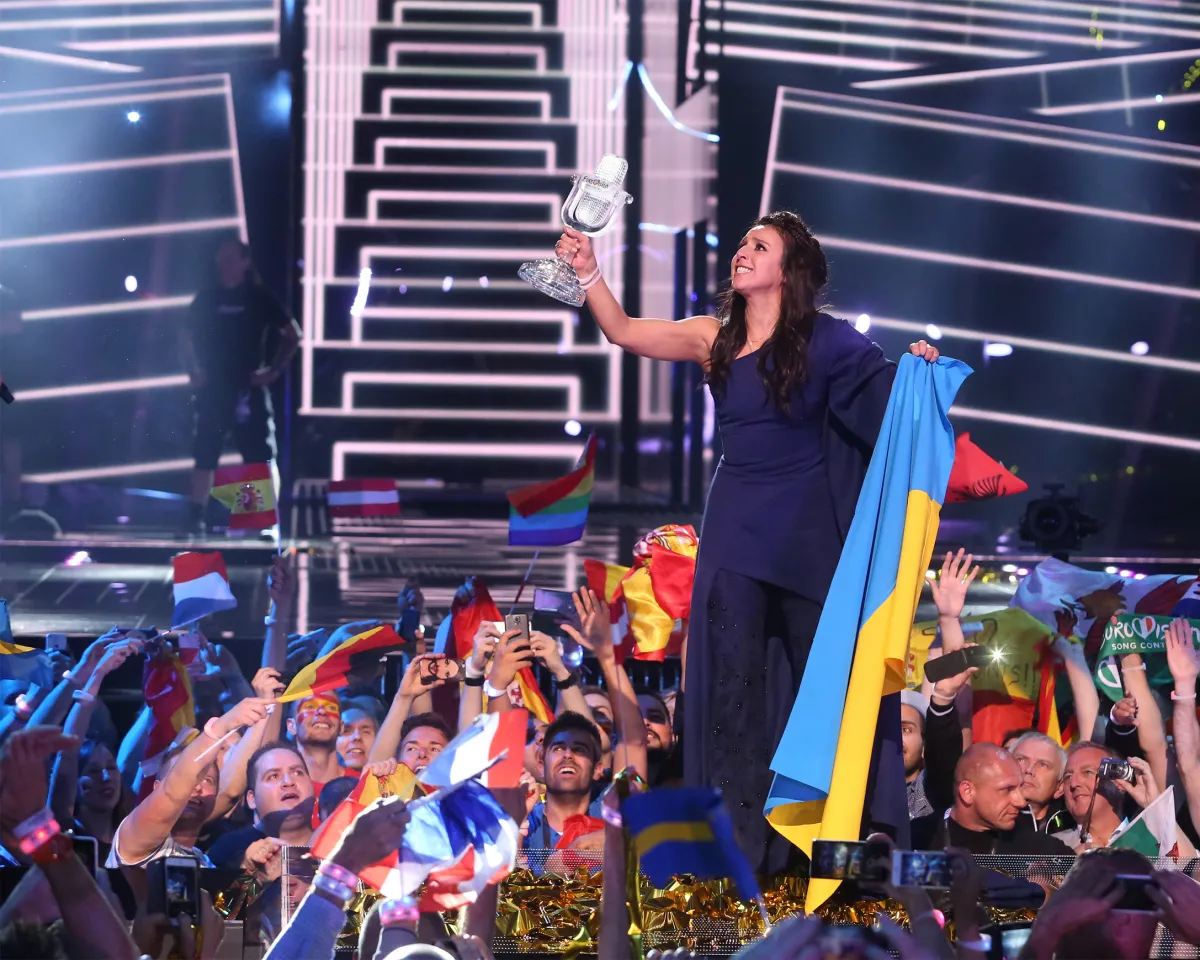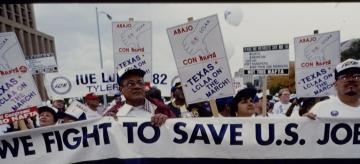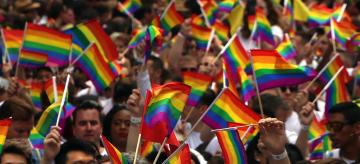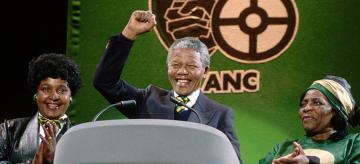People and Society: Europe and Eurasia
Learn how culture, demographics, and social trends shape everyday life in the region.
Europe has a reputation for its high living standards, promotion of human rights, commitment to social spending, and democratic institutions.
Overall, Europe and Eurasia is a generally wealthy region. For instance, European Union (EU) residents earn roughly three times the global average.
Europe is also known for its investment in social institutions. Most countries in Europe have universal health coverage, which has helped increase the average life expectancy. The region also boasts literacy rates well above the global average and has a long history of providing public education.
Although rates of political participation vary across the region, European women generally experience high levels of gender equality.
Politically, however, growing concerns about democratic backsliding, particularly in Hungary and Turkey, have emerged in Europe. Outside the EU, Europe is also home to autocratic outliers like Russia and Turkey.
But on the whole, most of Europe is still considered free, with longstanding democratic institutions and some of the oldest parliamentary systems in the world.
What is life like for everyday people across Europe and Eurasia?
Here are ten things that highlight the experiences of many Europeans.
What Does It Mean to Be European?
Just over seven out of ten Europeans identify as “European,” according to polls conducted in the last five years. Even crises like Brexit have not changed opinions. In the EU, a sense of European identity has increased over the last decade. But what does it mean to be European? Europe and Eurasia is home to more than eight hundred million people who live across fifty countries. The EU counts twenty-four official languages and more than sixty other regional and minority languages, in addition to the languages spoken by migrants. Given this diversity, a single European identity can be hard to define. The EU was designed to help forge one, encouraging free movement between countries by limiting border controls, funding student exchange programs, and removing restrictions on working in other EU countries. While a shared European identity may never supplant national allegiances, a majority of EU citizens feel attached to Europe: they are often younger, well-educated, and more affluent people who study in another country or speak more than one language.
Europe Grapples With Migration Since World War II
After World War II, decolonization sparked a flow of millions of migrants from former colonies to the continent. This marked a shift: for centuries, Europe had been a major source of global migration, not a destination. Responses to immigrants across the region were uneven. The United Kingdom, for example, initially granted British citizenship to all former colonial subjects, but soon introduced restrictions to limit the flow. Meanwhile, political shifts—including the collapse of the Soviet Union and the enlargement of the EU—caused millions to move within the region, from Eastern to Western Europe. In 2015 a new wave of migration brought more than one million migrants to Europe, most fleeing violent conflicts in Africa and the Middle East. This influx sparked growing debate over migration in Europe, with far-right and populist political parties gaining ground by stoking anti-immigrant sentiments. Most recently, Russia’s Invasion of Ukraine has sparked the largest forced migration in Europe since World War II, driving more than six million Ukrainians to flee to other European countries. Compared to 2015, this wave of mostly white, christian, and European migrants have largely met less public opposition. Still, Europe’s relationship to its migrant population remains complex, and will likely shape European society for decades to come.
Europe’s Population Is Getting Older
Despite many Europeans’ negative attitude toward it, immigration could help address a looming issue: population decline. Europe’s population is aging. The continent’s population is expected to peak in 2026 before beginning to fall. That could mean economic hardship. In fact, Europe is projected to lose 4 percent of its gross domestic product (GDP) by 2040. Why is this happening? Life expectancy in the EU has increased by more than two years per decade since the 1960s. At the same time, Europeans are having fewer children. These changes mean that there will be fewer working-age people in the future. Fewer young people mean labor shortages, which would hamper economic growth. At the same time, increasing elderly populations stretch countries’ pension and health-care systems, which European countries already support at relatively high rates. Compared to other regions, Europe devotes more of its public spending to aging, rather than relying on its citizens to retire later or dip into their own savings. Between 2016 and 2070, the total cost of aging in the EU (public spending on pensions, health care, long-term care, education, and unemployment benefits) will likely increase to 26.7 percent of GDP.
Religious Diversity vs Secularism
Whether Catholic, Protestant, or Eastern Orthodox, the majority of Europeans have historically fallen under one umbrella religion: Christianity. For much of European history, these divisions sparked conflict, resulting in devastating wars. Starting in the seventeenth century, European countries began to embrace principles of religious tolerance and secularism—the separation of religious practice from government decision making. Today, the majority of Western Europeans are non-practicing Christians. Even in Italy, the center of world Catholicism, only 19 percent of people say they attend religious service at least weekly. Religious divisions, however, continue to shape societies. “Peace walls” still snake through Northern Ireland’s capital, Belfast, separating Protestant areas from Catholic ones. And as Europe increasingly becomes home to people from more diverse religious backgrounds, secularism does not always mean religion is absent from politics. In France, for instance, laws prohibit people from wearing religious clothing in certain public spaces like schools. In theory, these laws are designed to apply equally for people of all religions. In practice, however, some items of religious clothing are more easily concealed—or less central to religious practice—than others. Some French Muslims find these secular laws discriminatory rather than egalitarian.
LGBTQ Rights: Europe’s “Rainbow Curtain”
During the Cold War, the Iron Curtain was the barrier between Europe’s Soviet-aligned countries in the east and the democratic countries of the west. Thirty years after the Soviet Union collapsed, civil liberties across Europe are still starkly different on either side of this historic divide. In the case of marriage equality, this disparity is sometimes called Europe’s “rainbow curtain.” The majority of Western European countries have legalized same-sex marriage; the Netherlands was the first country in the world to do so in 2001. But LGBTQ rights look different in former communist countries. Russia was ranked the most dangerous European country for LGBTQ people in 2024. Gay men in Chechnya, an autonomous region of Russia, are systematically detained and sometimes even killed for their sexual identity. In former communist countries like Romania, Bulgaria, and Moldova, same-sex relationships aren’t against the law but aren’t legally recognized, either. Estonia became the first former Soviet state to legalize gay marriage in 2024, poking through the rainbow curtain. Still, public opinion in most Eastern European countries remains largely opposed to expanding LGBTQ rights.
Top Destination for Students Abroad
Europe has long been a hub for education. Italy is home to the Western world’s oldest university, the University of Bologna, founded in 1088. In the United Kingdom, the University of Oxford opened not long after, around 1096. For centuries, Europe has been a leader in higher education, attracting students from around the world. For American students today, Europe is by far the most popular destination for students studying abroad. Every year, over one hundred thousand Americans study in Europe. (The most popular countries? Italy and the United Kingdom.) Alongside the many American students flocking to European universities, more than a million European students enroll in foreign universities in the region. This growing number is made possible by initiatives like the European Union’s Erasmus+ program. Erasmus+ promotes a large network of universities across EU member states and partner countries. European students are encouraged to seek out higher education beyond their home country, connecting Europe through education.
Football Is the Regional Pastime
In Europe, football (soccer) is so central to some communities that it might as well be a religion. During the 2023/2024 season, 229 million fans across Europe attended games. (American football draws roughly 20 million stadium-goers each year.) The football pitch is also a site of national politics. European teams increasingly reflect the growing diversity of the continent itself; more than half the players of the 2018 World Cup–winning French national team, for example, had African ancestry. Fans’ reactions to players—both negative and positive—has revealed the region’s broader ideas about immigrants. A common experience among second- or third-generation immigrant players has been the feeling of an earned identity: the tendency to be described as Belgian, French, or German when they win, but as Egyptian, of Congolese descent, or simply, as immigrants, when they lose. In one case, the high visibility of a Muslim player has increased tolerance. Liverpool, a long-time home to famed Egyptian player Mohamed Salah, helped mute a spike in Islamophobia seen in much of the United Kingdom during the late 2010s. Poll results have shown that more Liverpool fans see Islam as compatible with British values than elsewhere in the UK.
Russian Culture Seeks Refuge Outside Russia
Although Russia is home to centuries of remarkable cultural achievements—in fields like literature, cinema, music, and dance—its government today is often hostile toward contemporary art and culture that could be seen as subversive. Access to Western media platforms like Youtube and Facebook is severely limited. As a result, Russian citizens have limited exposure to other cultures, and Russian artists have a hard time reaching audiences beyond their borders. While older Russian literary works, such as Crime and Punishment, have been published in dozens of languages, contemporary authors often struggle to get their work translated and circulated abroad. Moreover, strict censorship laws mean that criticizing the government or writing about themes like LGBTQ rights can land artists in prison. Echoing the Soviet dissident movement during the Cold War, a growing generation of artists have now fled Russia to escape these conditions. Since Russia’s invasion of Ukraine in 2022, these artists have used their mediums to take a political stance against the war from exile. Living in countries like Germany, Lithuania, and the United Kingdom, Russian dissidents condemn the attack on free expression in Russia and shed light on day-to-day life in an increasingly closed-off country.
Europe: The World’s Top Tourism Destination
It’s not just students who flock to Europe. In recent years, over six hundred million tourists on average visit Europe annually. That makes Europe the top tourist destination in the world. It also means that millions of Europeans work in the travel and tourism industry. But Europe has a sometimes complicated relationship with its tourists. Consider the Balkans, which includes Albania, Bulgaria, Greece, Romania, and the independent states of the former Yugoslavia. The Balkans have become an increasingly popular tourist destination thanks to their beaches, historical architecture, and comparatively cheaper prices than Western Europe. Croatia—despite having a population just under four million—sees nearly twenty million tourists each year. While tourism benefits the Croatian economy (generating around 20 percent of its GDP), it can be a burden on locals. Many tourists visit Croatia in the summer, during which time the price of goods goes up. Because Croatians have lower purchasing power than their country’s tourists, things become too expensive. In fact, it’s become a habit for local Croatians to stock up on canned food and pastas before the tourist season.
Eurovision: Europe’s Oldest Singing Contest
In 2024, 163 million people tuned in to Eurovision, the wildly popular song contest pitting more than forty (mostly) European countries against one another during a three-day multinational singing showdown. (Think American Idol crossed with the Olympics.) A complicated voting process, combining audience votes with the judgment of an expert panel, is intended to give each contestant a fair shake, but shared cultural and regional ties mean that Greece and Cyprus, for example, can always count on each other’s votes. Like many postwar creations, Eurovision was designed to cultivate peaceful relations between European countries, replacing armed battles with elaborate performances. But in recent years, political realities have infiltrated its sunny facade. Russia’s contestant was booed in 2014, a few months after it invaded the Ukrainian region of Crimea, and in 2016, Ukraine won with a pointed song about Stalin’s deportation of the Crimean Tatar ethnic group during World War II.
